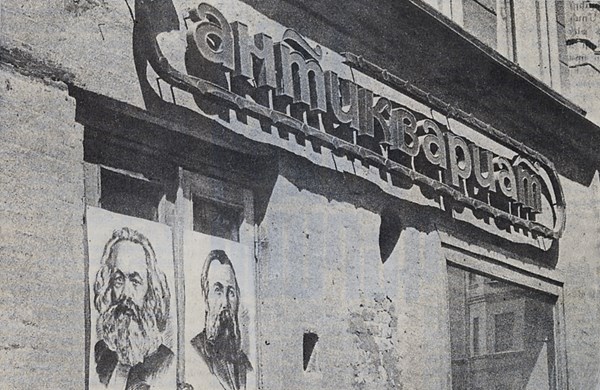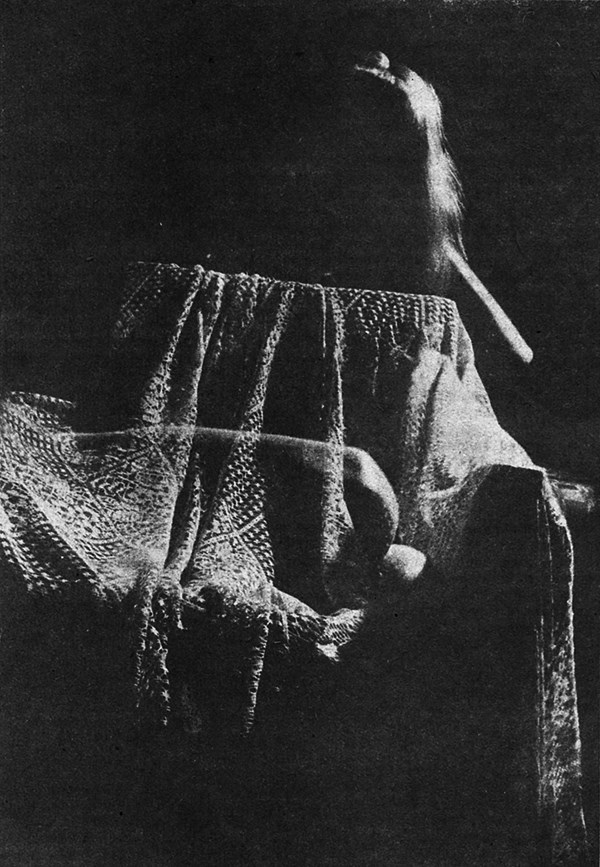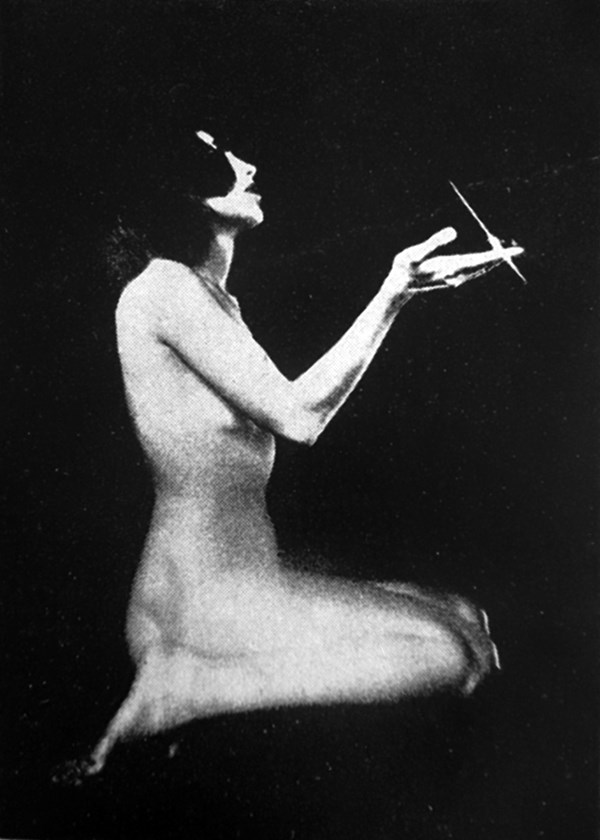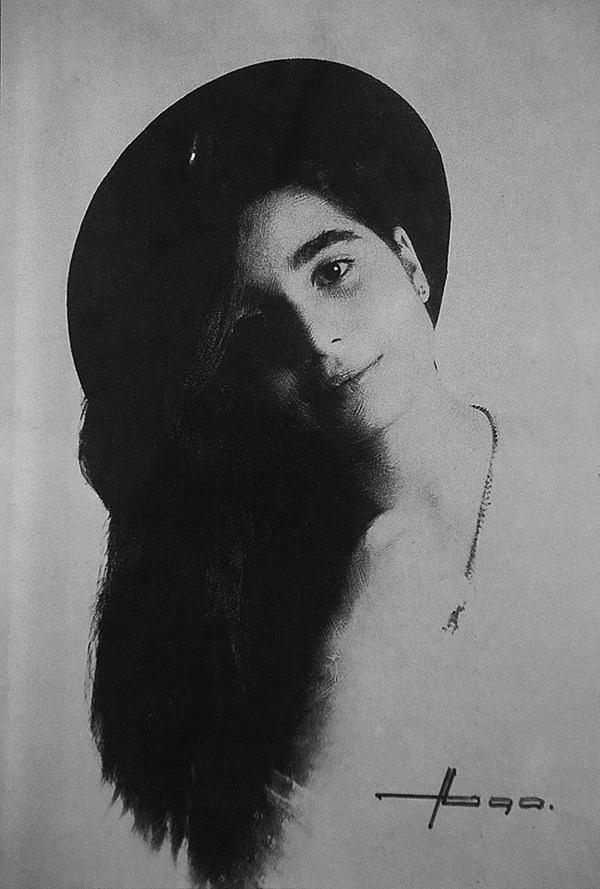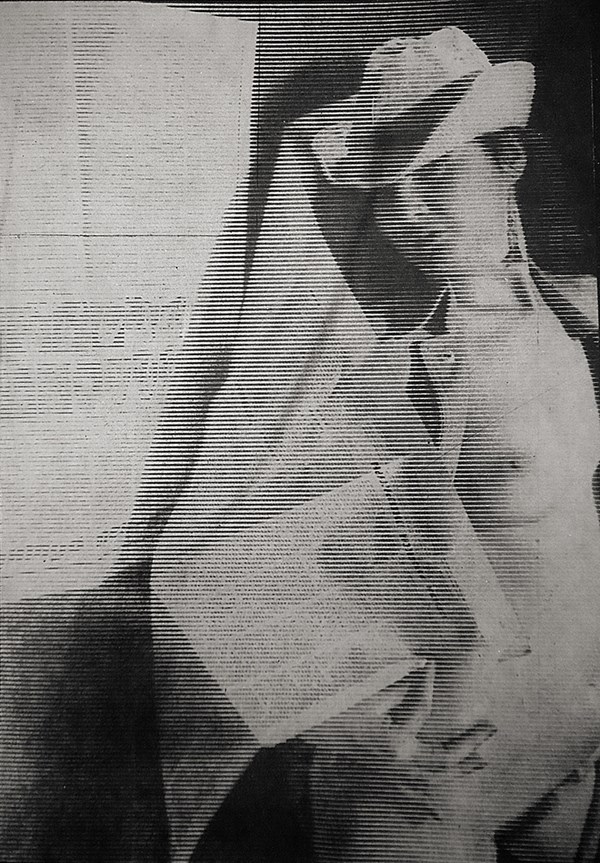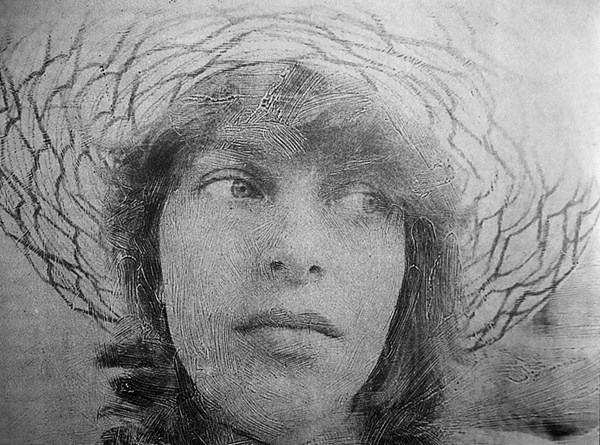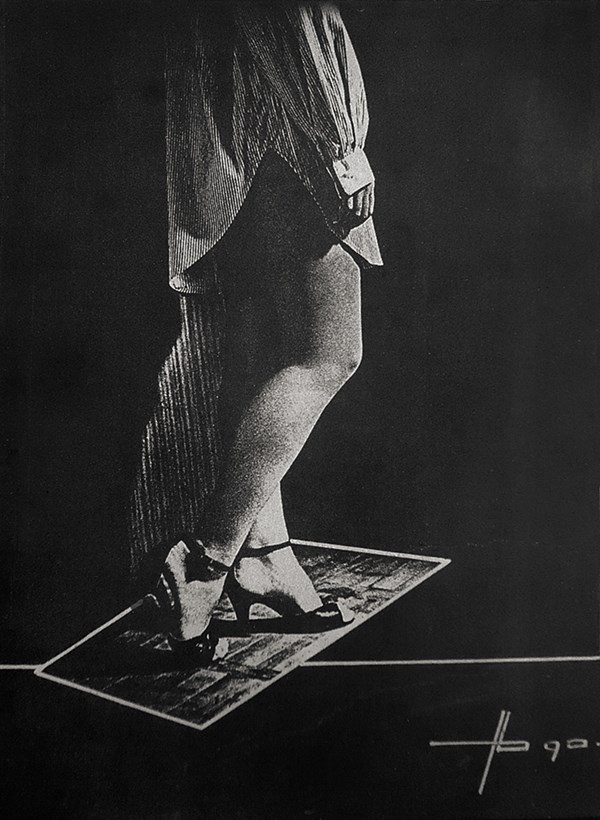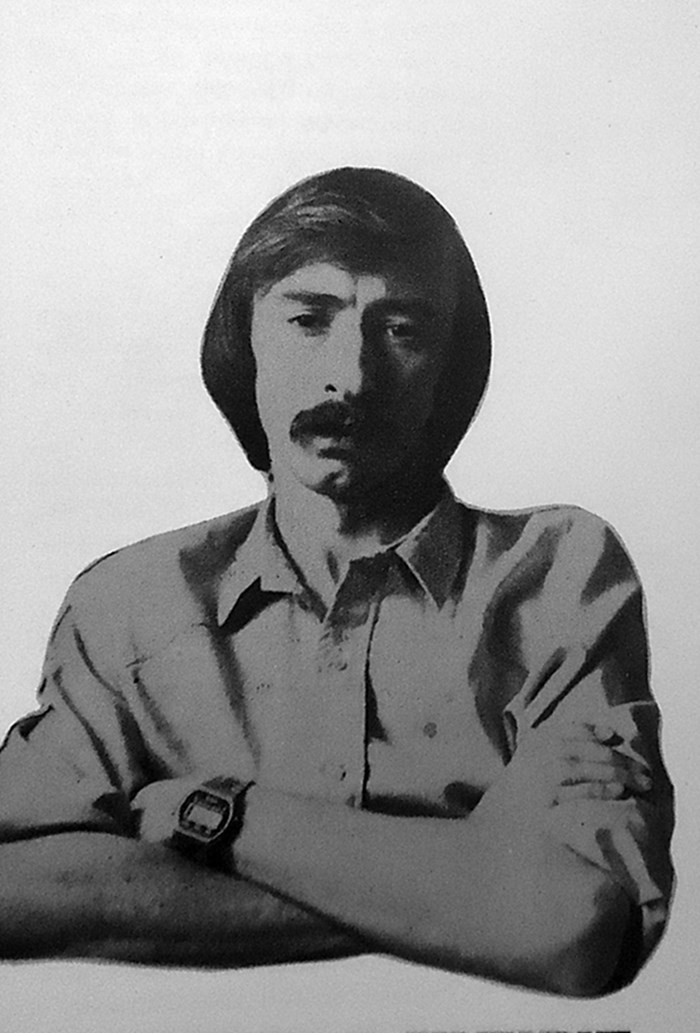
Artashes Babayan
1980 - 1990s
Having received a specialisation as a camera operator, Artashes Babayan worked for many years at the Armenian national television. Babayan took up the camera from the age of 14, but made his first serious steps in the field only in the late 1980s.(1) Influenced by the Baltic and Eastern-European photographic modernist movements, he developed his creative practice mainly in the field of art and experimental photography. Babayan is one of the first significant masters in the history of Soviet-Armenian photography to have worked in the genre of nude photography. He achieved some success in several republican and international competitions, winning medals at the All-Union Exhibition for the Achievements of the People's Economy (1987), Venus Photo Salon (1989) and the ‘Woman in Photography’ exhibition held in Tartu, where he was awarded the Grand Prix.
Babayan's photographs are ruled by a poetic-philosophical vision. As the photographer himself pointed out, his work reflects an existentialist belief that "a person lives not for something, but just for the sake of living."(2) Consequently, in his observations of the female body, Babayan was concerned not so much with the discovery of an inner, spiritual essence, but the possibility of human body’s infinite transformations. Guided by the tenets of Epicurean philosophy, Babayan emphasised the importance of visual pleasure as a means towards self-awareness and an established worldview. In his ‘art’ photographs, the material for observation is often the objectified female form - usually displaced from the social context and regarded as a source of aesthetic pleasure for the male gaze. These staged, fantasy images directly speaks to the demands for sexual and personal freedom in the Armenian culture of the 1980s, while signifying the attempts to mimic some of the general aspects of Western contemporary art.
Paying special attention to the status of the photograph as an art object in its own right, Babayan attached great importance to the exhibition quality of his finished prints. Applying many experimental techniques in the course of darkroom printing, he brought an almost graphical quality to his photographs, which made the working process a visible part of the final image. Babayan’s approaches and ideas about photography significantly stimulated the interest towards the medium in Armenia, as a tool for artistic expression. Together with a tightly-knit group of other young, experimental photographers, Babayan played a pivotal role in forming the first Armenian photography union in 1990. Unfortunately, the activities of this union were short-lived and Babayan relocated to Russia in the early 1990s, where he appears to have abandoned the photographic metier soon thereafter.
1) Karen Kocharyan, ‘Kiny Lusarverstum’ [‘Woman in Photo-art’, in Armenian], Arvest, no.6, 1990, pp.56–59
2) Artashes Babayan, ‘Artashes Babayan’ [in Armenian], Arvest, nos.2-3, p.25
Nationality
Armenian
Region
USSR, Armenia, ArmSSR
City
Yerevan
Activity
artistic, documentary
Media
analogue photography
Bibliography
Kocharyan, Karen. ‘Kiny Lusarverstum’ [‘Woman in Photo-art’, in Armenian], Arvest, no.6, 1990, pp.56–59
Babayan, Artashes. ‘Artashes Babayan’ [in Armenian], Arvest, nos.2-3, p.25
Exhibitions
1987: All-Union Exhibition for the Achievements of the People's Economy, Moscow
1989։ Venus photo salon competition
1990։ 'Woman in Photography', competition, Tartu, Estonia
